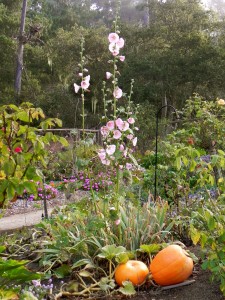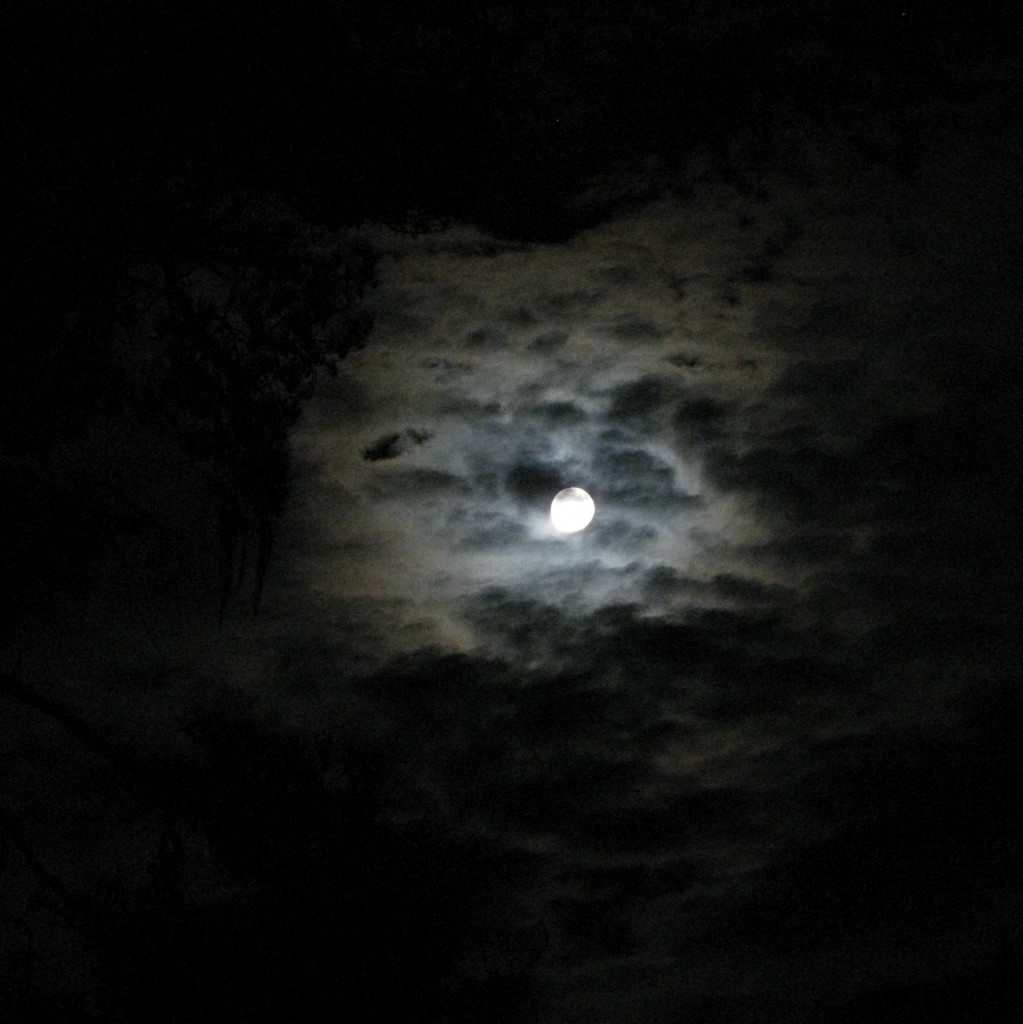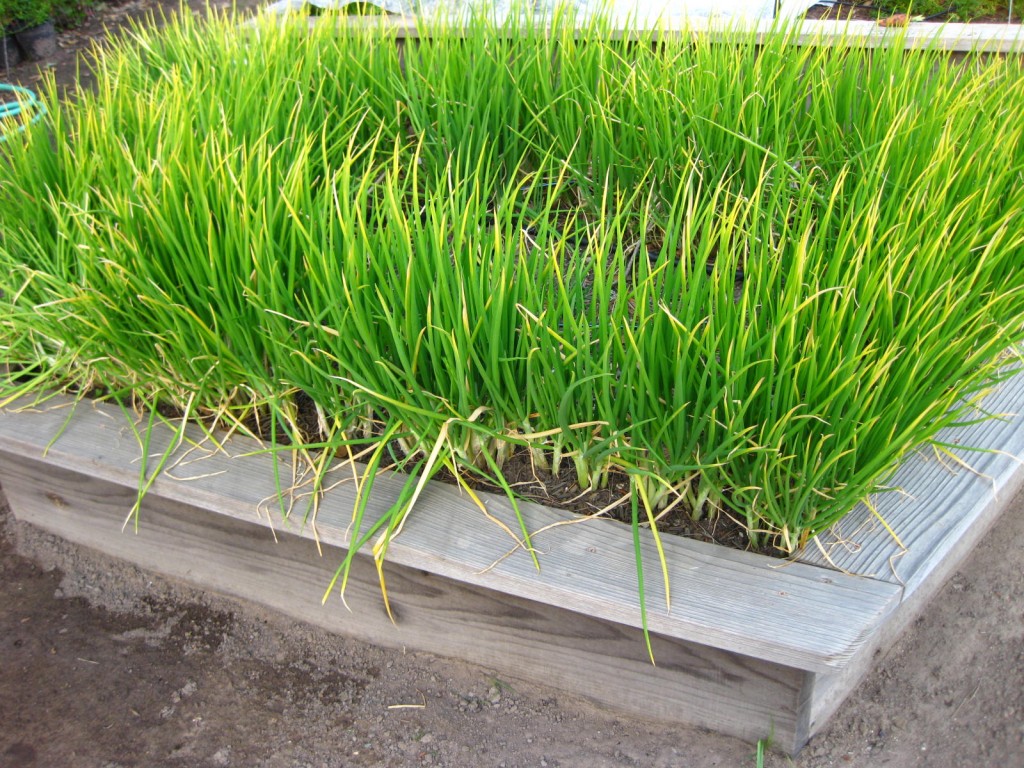
- Fall is not my favorite time of year. The light and colors are fading, the days growing shorter. Landscape plants look tired and spent. Grape vines on the hillsides have shriveled, their harvest (offspring) cut from their branches. I feel a sense of sadness as flowers fade, pumpkin vines shrivel, and sunflowers recline across garden paths.
I once shared with a grape grower in the Napa Valley how I felt about the withered look of fall in the vineyards. He said, “You’ve got it all wrong. The plants are merely going to sleep. They’ve given their all, and it’s time to rest a spell.”
If viewed from that perspective, the responsibilities of a gardener in the fall are simply confined to putting the garden to bed. Dead branches must be removed, diseased leaves cleaned up, and a nice layer of mulch applied to slow-feed the plants for the next six months. I can get into that. As a matter of fact, I might need to slow down and rest “a spell” myself.
Herbaceous perennials that are leggy and overgrown need to be pruned. Attack those overgrown vines, shrubs, and trees, removing diseased or dead growth as well as branches that cross and rub. Put off pruning of roses and deciduous fruit trees until December or January.
Water your garden as needed. A light rain may not provide enough water for deep-rooted established plants. Check potted plants often. Cut back on feedings with the exception of nutrients for annual edibles, bedding plants, and Cymbidium orchids. These should be kept on a high-phosphorus (low nitrogen) diet to promote flower formation.
Hoe and till small weeds as they come up. Don’t allow them to go to seed. A few years of diligence, and your garden will be “weed free” (or so they say). Bait for snails and slugs.
Fit in it in a little planting this fall. Some Mediterranean plants are considered a “short-lived” perennial and after four or five years becomes twiggy and unattractive. Sow lettuce and arugula seeds in planting boxes for winter salads, and foxglove and hollyhocks seeds in the flowerbeds.
Whatever is accomplished in the garden this fall will result in healthier spring foliage and blooms. When you finish, take a nice rest while you plan for next year.
Those of you who reside in the snowy areas of the world can ignore everything I’ve said and relax until early spring!


